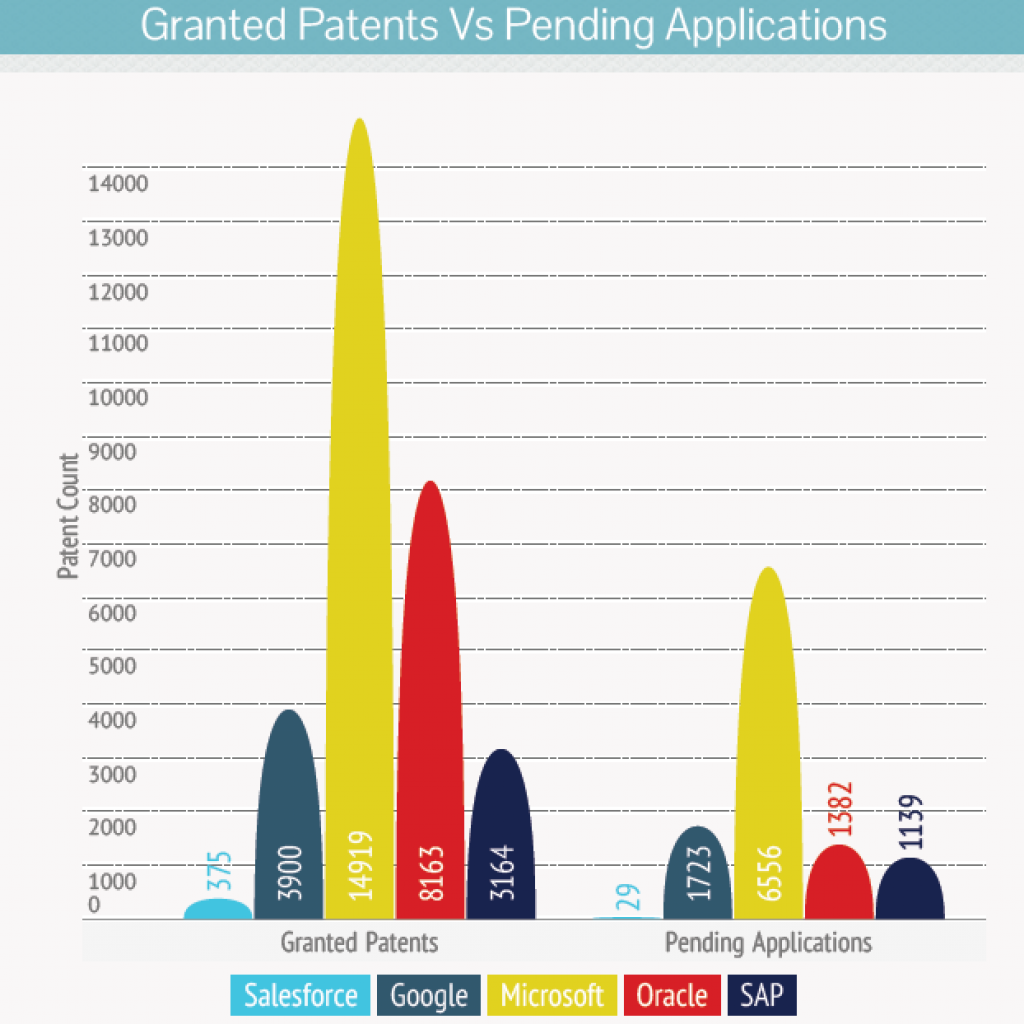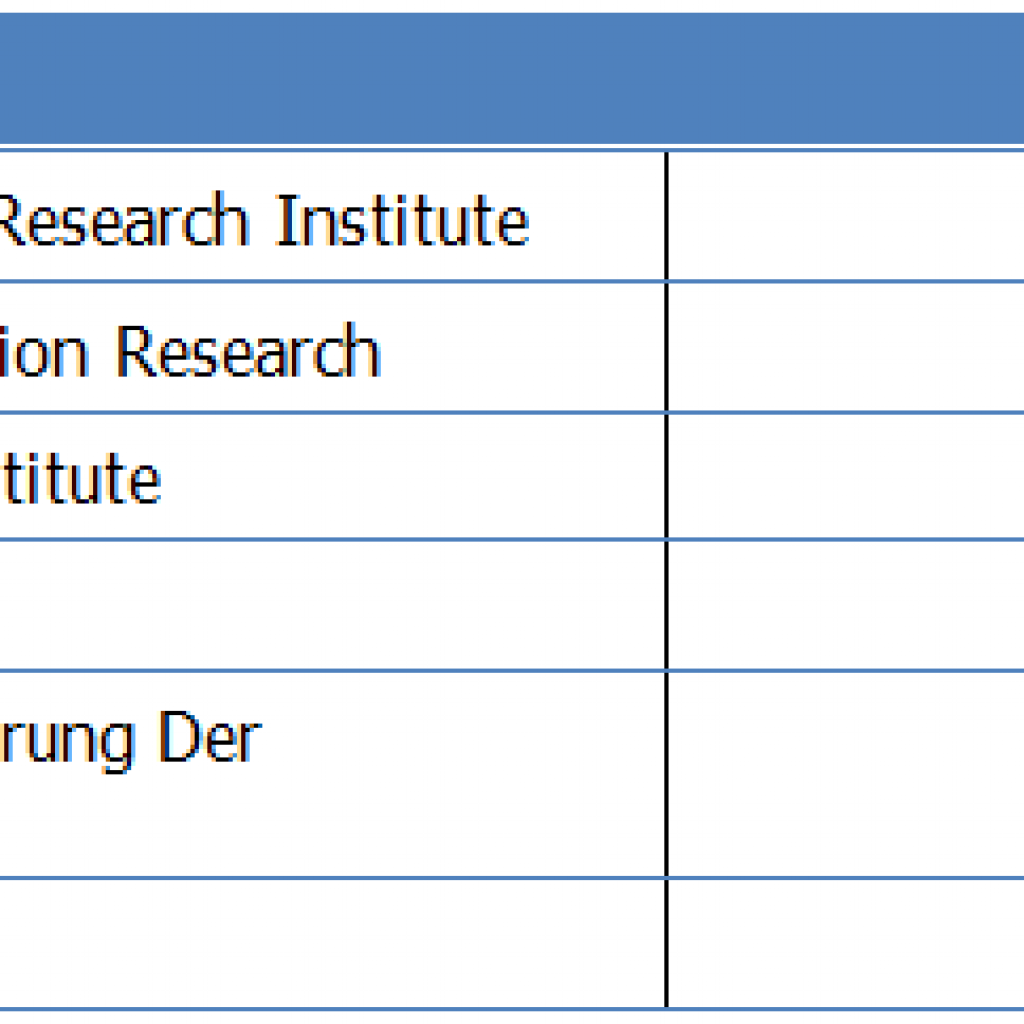The beauty of a crown is enhanced by its jewels. The gold, no matter how pure, just gives structure to the crown. It is the precious stones that make a crown, a crown.
The same applies for a patent portfolio. A patent portfolio, no matter how huge, is deemed valuable only if it has high ROI generating patents that have a solid commercialization or monetization potential.
Talking in terms of monetization potential, the patents that indeed are the jewels of a patent portfolio are Star patents.
What are High ROI generating Star Patents?
Star patents (also known as gold patents) are key patents of a technology domain and licensing of these patents become inevitable if someone wants to venture into a tech domain. These are the patents with the maximum ROI (return on investment) whose efficient enforcement helps an owner earn revenue in millions.
It is seen, however, even some of the world’s best organizations with a huge patent portfolio have fewer patents that provide a high ROI. Ideally, the number of star patents should be proportional to the number of patents and the research budget. Thus, a patent pro organization with cutting-edge R&D activities must have a good number of star patents at its disposal.
Side note: Does your organization have a framework that focuses on the strategic, financial and operational parts of the company from the research and IP front? Don’t you worry if no is an answer! We have developed a methodology that helps you align your business and research strategy. Consider reading it here: Click here to read
Traditionally, within such organizations where IP is taken very seriously, the invention is marked as a potential Star or SEP before filing by the internal R&D teams. Therefore the patent application is evaluated at every stage of the patent prosecution and maintenance.
If you are not following this approach, you should get your portfolio audited and get your Star patents filtered from the rest of the portfolio. An IP department should always be aware of their Star patents.
How to Increase High ROI generating Patents?
But the question at the moment is how to ensure that you are filing Star patents every year. These golden-egg laying hens are difficult to find– a problem in getting high ROI — but are less difficult to produce. We assimilated a list of practices that companies around the world use to file more star patents in the portfolio. The good news is you can replicate these steps, too:
The timing factor
Getting a Star patent depends a lot upon the time of filing. Usually, when technology is pretty new and still is in the research stage, patents filed during this phase qualifies as Star patents. Since these patents cover the intricacies that form the foundation of a technological area, once the technology takes off, the assignees could make millions off them.
Gartner Hype Cycle for Emerging Technologies, 2016
It should also be noted that timing solely doesn’t matter. Another criterion that matters is the potential of the technology in question. Consider the example of digital scent technology which is still in its early R&D phase and is expected to take off by 2020.
Consider US Patent 7154579B2 titled fragrance delivery for multimedia systems, for instance. It has the potential to join the league of high ROI generating patents. It could earn revenue in millions for its assignee if Digital scent becomes a reality prior to the expiry of the patent in June of 2024. With VR coming very fast, we can imagine this technology touching the mass market in the next 5 years.
Star patents, in short, are the ones that are filed during the very early stages of a technology covering intricacies of the technology while being leveraged prior to its expiry.
Now we know, what matters and what doesn’t, a question that remains unanswered is how to file such patents.
This too would be answered as we discovered a couple of practices followed by companies around the world to accumulate more star patents in its portfolio other than going the M&A way.
Also Read: How Xiaomi Built a Patent War Chest — A Complete Analysis of its Patent Portfolio
Teaming the Best
The very famous book “The Alchemist” by Paulo Coelho has the following lines-
“Everything that happens once can never happen again. But everything that happens twice will surely happen a third time.”
The same lesson is applied by companies in an attempt to generate high ROI generating star patents. The inventors/teams that were responsible for generating star patents earlier are teamed together and given the task to produce a star patent for a technology domain.
This method has been proved fruitful since teams had a clear understanding of their mission and prior experience to generate star patents.
A clever well-planned approach is much more fruitful than a hundred trial and error methods.
Patent Hackathons
Other than teaming the best people to produce a star patent, one clever approach used by a lot of companies is conducting patent hackathons.
Usually, in a closed event conducted within an organization, multiple teams are motivated to produce ideas of invention/innovation that could take the shape of a patent in the future.
Normally, most of these ideas are investment-worthy and novel in nature. The best ones get a chance to work on the innovation and file for a patent on it.
All in All, winners get the resources to work on an idea and companies get the opportunity to get a patent that might serve as the star patent in its portfolio.
These were just a couple of practices and there are more in existence used by organizations worldwide. There are practices well known and better than these in existence. And yeah, some are totally clandestine.
But let us be content with the thought that every once in a while, somewhere some team in the world is working on a tactic to get more star patents for their organization.
No matter whether the tactics are simple or complex, what matters is are you ready to do something within your team to increase the Star patents in your portfolio?
But does only having star patents in a portfolio enough? No! You should know how to monetize these patents. To help you in that pursuit, I have a free guide with 4 strategies– top companies use them– that can help you monetize your patent without spending a single dollar on consultancy. You can download your guide here: click here to download
Authored by: Anjali Chopra, Research Analyst with Vikas Jha, AVP, Solutions










